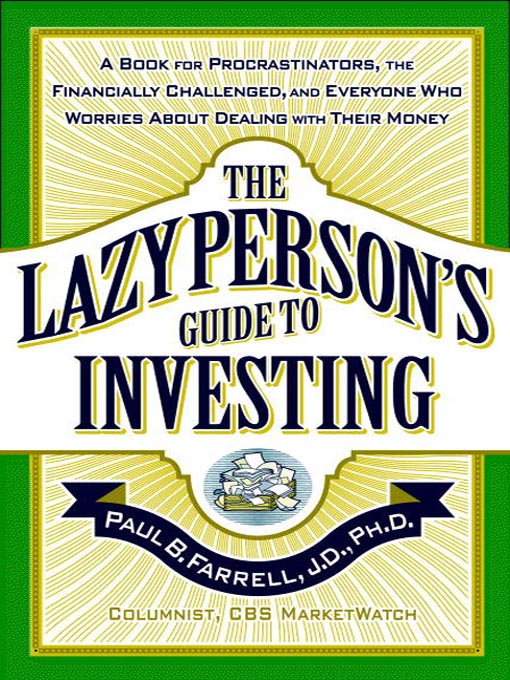- Most popular
- Project Gutenberg eBooks
- Page to Screen
- Check it out--great reads without the wait!
- See all ebooks collections
- Most popular
- Audiobooks for the Whole Family
- Noteworthy Narrators
- Full Cast Audiobooks
- See all audiobooks collections
- Let's Get Cooking!
- News and Politics
- Celebrity Magazines
- Magazines are Here...Check 'em out!
- Kids & Teens Magazines
- See all magazines collections


